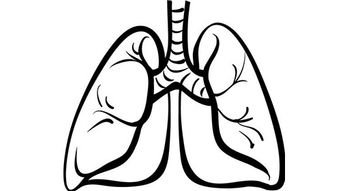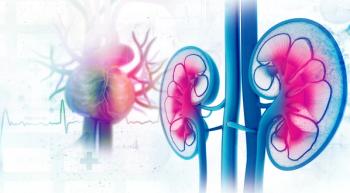
The immunotherapy agent Keytruda is showing promise for treating non-muscle invasive bladder cancer, according to a recent study.

The immunotherapy agent Keytruda is showing promise for treating non-muscle invasive bladder cancer, according to a recent study.

Understanding the type of MPN can affect how care is carried out and how well it may work.

Although there is never the perfect time to have a risk-related discussion with a child, one clinical psychologist explains ways in which parents can approach the difficult topic.

Eva Moon shares nine habits for keeping a sense of humor when the going gets rough.

One expert shares advice for opening the line of communication between patients and health care providers, as well as their partners.

Although individuals may have concerns about enrolling in a study, their involvement may lead to new discoveries.

Eva Moon, a writer, musician and performing artist, discusses her genetic mutation and how it changed the direction of her life.

Patients with the disease reported increased feelings of stigmatization, and results also showed that patients are viewed or treated differently than those with other cancer types.

More than 20 percent of patients with non–clear cell renal cell carcinoma (RCC) had a germline mutation, of which half had the potential to direct systemic therapy.

Experts at Roswell Park Comprehensive Cancer Center discovered a way to assess if a kidney tumor is benign or malignant, potentially sparing many from having to undergo surgery.

Children who suffer from a highly aggressive and deadly type of brain tumor may have new hope when it comes to treatment options.

The thinking and memory problems often experienced by patients after cancer treatment may also be linked to a gene associated with Alzheimer's disease risk.

Long-term opioid use is more prevalent among patients treated with invasive surgical techniques for early-stage non-small cell lung cancer than those who undergo minimally-invasive surgery.

Clinical trials bring a multitude of new agents to patients with chronic lymphocytic leukemia.

Individuals are willing to make great sacrifices to pay for their cancer treatment.

Researchers discovered that at least 50 percent of people surveyed had an employment change because of their disease.

September is Blood Cancer Awareness month and CURE’s latest issue is dedicated to these diseases. And we have a sneak peek at what’s inside:

A 16-member team, including five patients with multiple myeloma, hiked through Iceland to raise money for disease research in hopes of finding a cure.

The Cutaneous Lymphoma Foundation connects patients with guidance and resources for this rare cancer.

Researchers may have found a potential new way to treat patients with ovarian or lung cancer who had previously failed other treatments, according to early trial findings published in Annals of Oncology.

Compared with patients who had surgery, patients who also had radiation therapy or chemotherapy were at increased risk of heart and circulatory system disorders from one to five years after cancer diagnosis.

“Since effective cisplatin-based chemotherapy was introduced in the 1970s, the overall age-adjusted five-year relative survival rate is 95 percent, and survivors remain at risk for decades for the late effects of cancer and its treatment,” the study authors wrote.

Compared with the no-neurotoxicity group, survivors in the neurotoxicity group were older and less likely to be employed.

An expert provides tips for maximizing time with your oncologist and adhering to oral medication.

“What we really want this to do is be a place for patients to facilitate conversations with their doctor,” Michelle Woehrle, executive director of MPN Research Foundation (MPNRF) said.

The Summer 2018 issue is out! And we have a sneak peek at what’s inside.

In this week’s episode of CURE Talks Cancer, we spoke with Voigt about how he noticed a lump in a woman’s neck while watching tv and utilized the power of social media to find her – which ultimately led to a thyroid cancer diagnosis.

Early study results show response to therapy in more than 90 percent of patients.

A recent study found that socioeconomic status can play a role in survival for patients with anal cancer.

Women are more likely to die from bladder cancer earlier on after diagnosis, according to recent study findings published in the European Journal of Cancer. However, after that time frame the risk of death is higher for men.